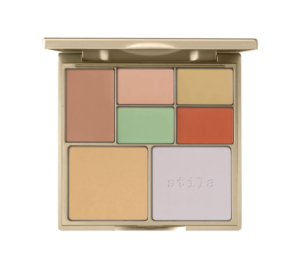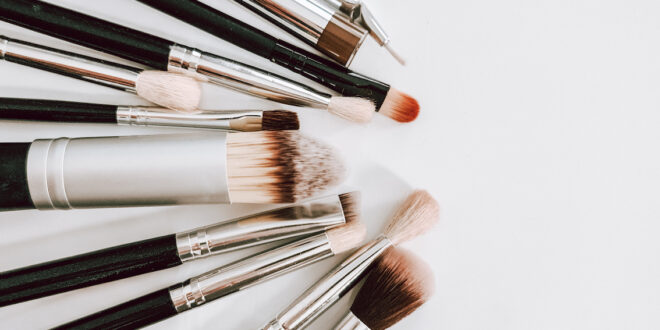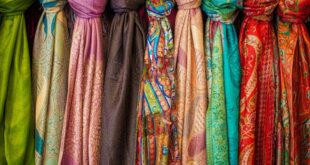When you first look in the mirror in the morning, it can be a sobering sight. Dark circles, uneven skin tone – and the odd wrinkle…sometimes even a good night’s sleep won’t do the trick.
Fortunately, there is makeup. And not just the products you see, but the ones which correct and conceal underneath. If you’ve ever felt a bit bamboozled at the cosmetics counter by the concealer palettes with peach, purple, green or blue tones for your skin – read on to find out how they work.
Depending on the day, you may need a colour corrector, something with more moisture or both, but what is the difference between a concealer and a corrector?
Concealers
As the name suggests, concealers disguise those pesky shadows and are usually translucent ― meaning your skin is visible through it. This is good because it gives you flexibility and a natural look. However, if life has handed you serious dark circles for the day, the downside is your shadows will shine through the product too.
Correctors
This is where correctors come in; they can neutralise the darkness. If you’ve every taken an art class, the principles are the same.
By putting the opposite colour on your spots or shadows, such as green, yellow, peach, and lavender, you can reduce the appearance of flaws. For major skin concerns (very dark circles and hyper-pigmentation), combine both a concealer and corrector for great results. This doesn’t mean you’ll look heavily made up, just refreshed.
Both concealers and correctors are formulated into a base and may come as dry powder, a palette or liquid. Choose the best texture for your skin – if your skin is dry, a liquid may be best. For oily skin, use a dry powder.
To choose the right colour corrector:
- Green will neutralise red – red blemishes, port wine stains, rosacea or broken capillaries, and adult pimples.
- Yellow will neutralise purple – any purple under-eye shadows, or purply bruising, and hyperpigmentation.
- Lavender will neutralise yellow – if you have sallow skin or yellow bruising, try applying a lavender corrector.
- Apricot will neutralise blue – if you have prominent blue veins or more blue under eye shadows try using apricot, it also warms up olive or yellow skin tone.
- Pink will brighten the high points of your face
Different skin tones and undertones will require different colours to correct, but possibly also a different intensity of colour. Start by applying a small amount, then you can build up the coverage. You can also talk to a makeup specialist for more information.
Both concealers and correctors are applied before foundation on clean, moisturised skin. Like any makeup technique, it takes practice to get the mix right – again, an in-store tutorial is a good idea.
 Apply using your finger tips, as the heat from your fingers melts the product into the skin and blends better, or you can use a small brush, like a concealer brush, to apply and blend. As an added step, try setting with a yellow (to even out blue-grey skin tones) or lavender (to brighten yellow skin tones) finishing powder. Try out the Stila palette for a little bit of everything.
Apply using your finger tips, as the heat from your fingers melts the product into the skin and blends better, or you can use a small brush, like a concealer brush, to apply and blend. As an added step, try setting with a yellow (to even out blue-grey skin tones) or lavender (to brighten yellow skin tones) finishing powder. Try out the Stila palette for a little bit of everything.
Concealers and correctors are available from many brands, so there will be one to suit your budget.









Join the Discussion
Type out your comment here:
You must be logged in to post a comment.